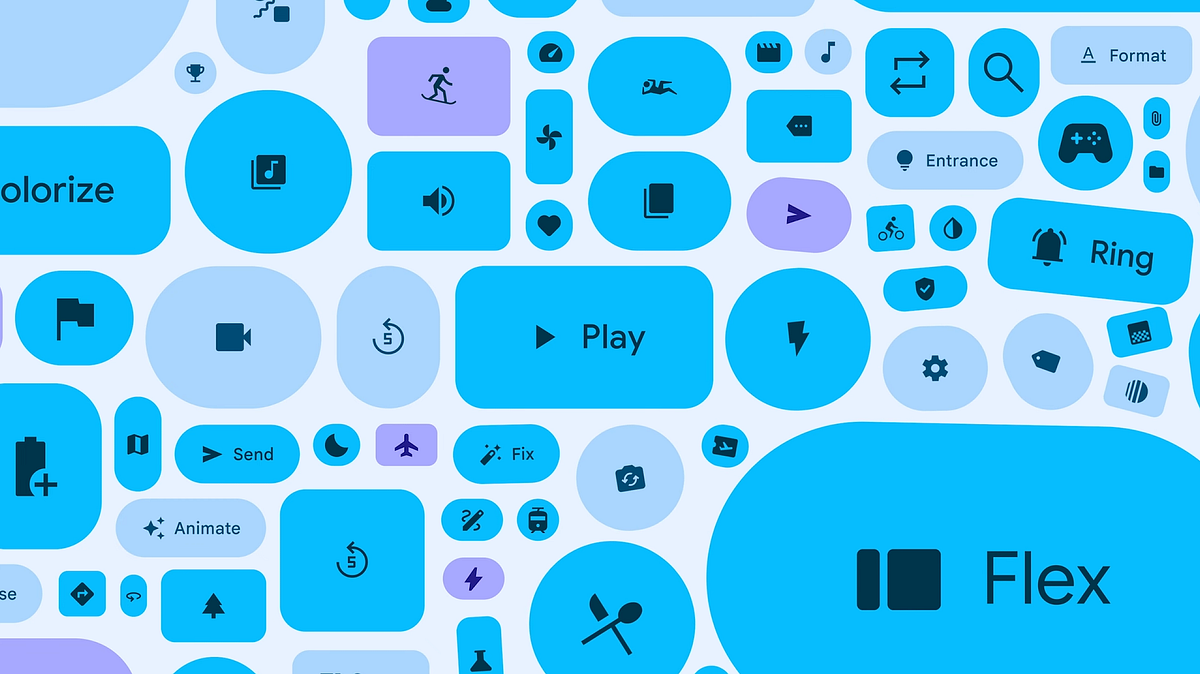Sources
Better, Easier, Emotional UX. (2025, May). Google Design. https://design.google/library/expressive-material-design-google-research
Budiu, R. (2025, October 10). Liquid Glass Is Cracked, and Usability Suffers in iOS 26. Nielsen Norman Group. https://www.nngroup.com/articles/liquid-glass/
Burmistrov, I., Zlokazova, T., Izmalkova, A., & Leonova, A. (2015). Flat Design vs Traditional Design: Comparative Experimental Study. In M. Fetter, P. Palanque, T. Gross, J. Abascal, M. Winckler, & S. Barbosa (Eds.), Human-Computer Interaction — INTERACT 2015 (Vol. 9297, pp. 106–114). Springer International Publishing AG. https://doi.org/10.1007/978-3-319-22668-2_10
Google Design. (2025, May 14). Introducing: Material 3 Expressive. YouTube. https://www.youtube.com/watch?v=n17dnMChX14
Li, A. (2025, July 31). Google One Material 3 Expressive redesign drops the graphics. 9To5Google. https://9to5google.com/2025/07/31/google-one-material-3-expressive/
Loranger, H. (2015, March 8). Beyond Blue Links: Making Clickable Elements Recognizable. Nielsen Norman Group. https://www.nngroup.com/articles/clickable-elements/
Lücken, M., Bruder, G., Steinicke, F. (2015). Evaluation von Buttons im Kontext des Gestaltungsstils Flat Design [Evaluation of Buttons in the Context of the Flat Design Style]. In M. Pielot, S. Diefenbach & N. Henze (Ed.), Mensch und Computer 2015 — Tagungsband (pp. 307–310). Berlin, München, Boston: De Gruyter. https://doi.org/10.1515/9783110443929-039
Moran, K. (2015, September 27). Long-Term Exposure to Flat Design: How the Trend Slowly Decreases User Efficiency. Nielsen Norman Group. https://www.nngroup.com/articles/flat-design-long-exposure/
Moran, K. (2015, September 27). Flat Design: Its Origins, Its Problems, and Why Flat 2.0 Is Better for Users. Nielsen Norman Group. https://www.nngroup.com/articles/flat-design/
Moran, K. (2017, September 3). Flat UI Elements Attract Less Attention and Cause Uncertainty. Nielsen Norman Group. https://www.nngroup.com/articles/flat-ui-less-attention-cause-uncertainty/
Moran, K. (2017, October 15). Response to Criticisms of Flat-Design Eyetracking Study. Nielsen Norman Group. https://www.nngroup.com/articles/response-criticisms-flat-design/
Moss, C. (2013, September 18). 23 Side-By-Side Comparisons Of How Apple’s New iPhone Software Will Change Your Favorite Apps. Business Insider. https://www.businessinsider.com/ios-6-versus-ios-7-apps-2013-9
Nielsen, J. (2012, November 19). Flat Design: Its Origins, Its Problems, and Why Flat 2.0 Is Better for Users. Nielsen Norman Group. https://www.nngroup.com/articles/windows-8-disappointing-usability/
Norman, D. (2008, November 17). Affordances and Design. JND. https://jnd.org/affordances-and-design/
Norman, D. (2008, November 17). Signifiers, not affordances. JND. https://jnd.org/signifiers-not-affordances/
Progress indicators. (2025). Material 3 Components. https://m3.material.io/components/progress-indicators/guidelines
Sassall, Y. (2024, November 14). The 15 design trends you’ll be in seeing in 2025 and beyond. Vogue Australia. https://www.vogue.com.au/vogue-living/design/decor-trends-2025/image-gallery/8a0c4e8a1db9042a17cd6a8eec7e9112
Simons, H. & AssembleDebug. (2025, June 30). Gmail is getting even more Material 3 Expressive UI changes (APK teardown). https://www.androidauthority.com/gmail-expressive-redesign-apk-teardown-3572169/
Spiliotopoulos, K., Rigou, M., & Sirmakessis, S. (2018). A Comparative Study of Skeuomorphic and Flat Design from a UX Perspective. Multimodal Technologies and Interaction, 2(2), 31. https://doi.org/10.3390/mti2020031
Start building with Material 3 Expressive. (2025, May 13). Material 3 Blog. https://m3.material.io/blog/building-with-m3-expressive
Thornley, N., Simpson, B., Feldman, J., Gilbert, M. (2024, May 13). What does your UI say to your users?. Material 3 Blog. https://m3.material.io/blog/testing-material-3
Urbano, I. C. V. P., Guerreiro, J. P. V., & Nicolau, H. M. A. A. (2022). From skeuomorphism to flat design: age-related differences in performance and aesthetic perceptions. Behaviour & Information Technology, 41(3), 452–467. https://doi.org/10.1080/0144929X.2020.1814867

